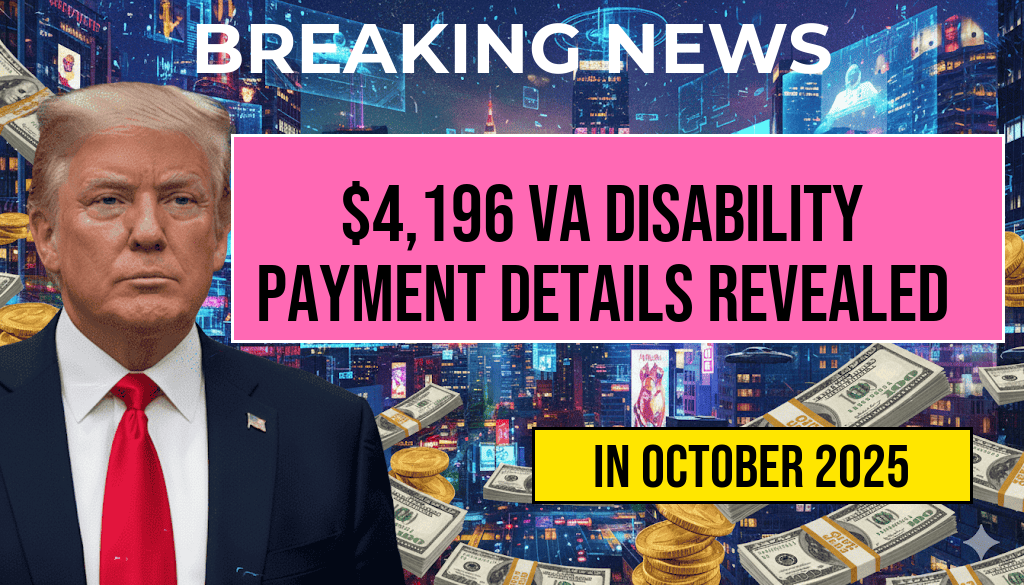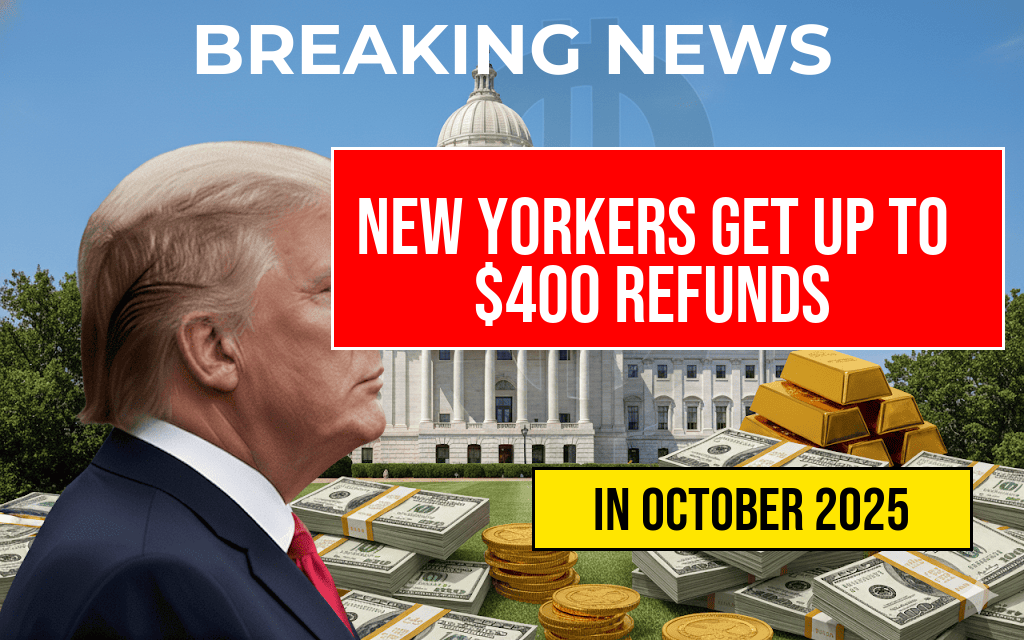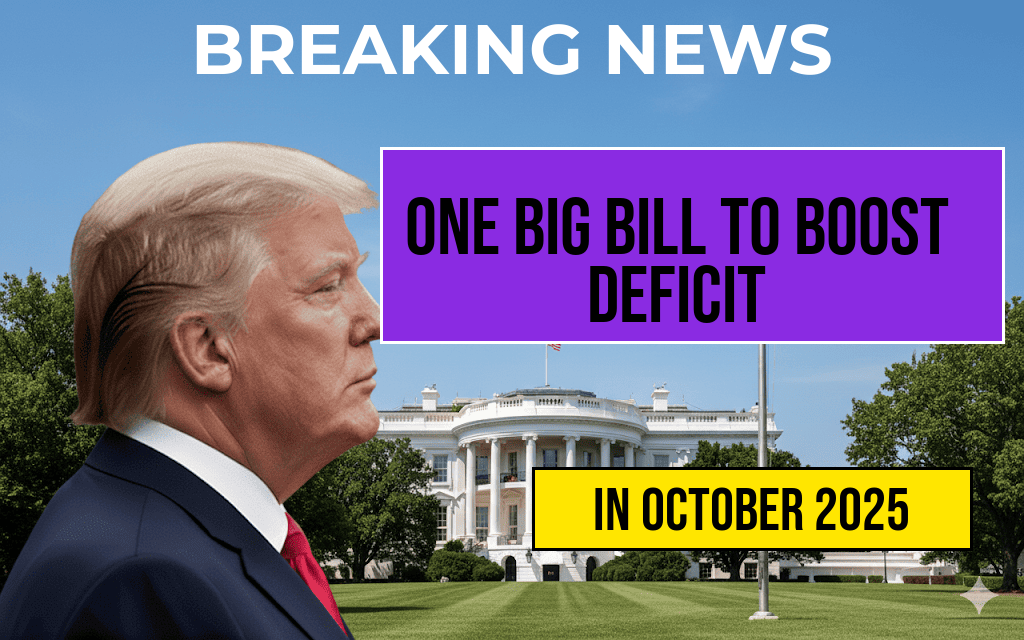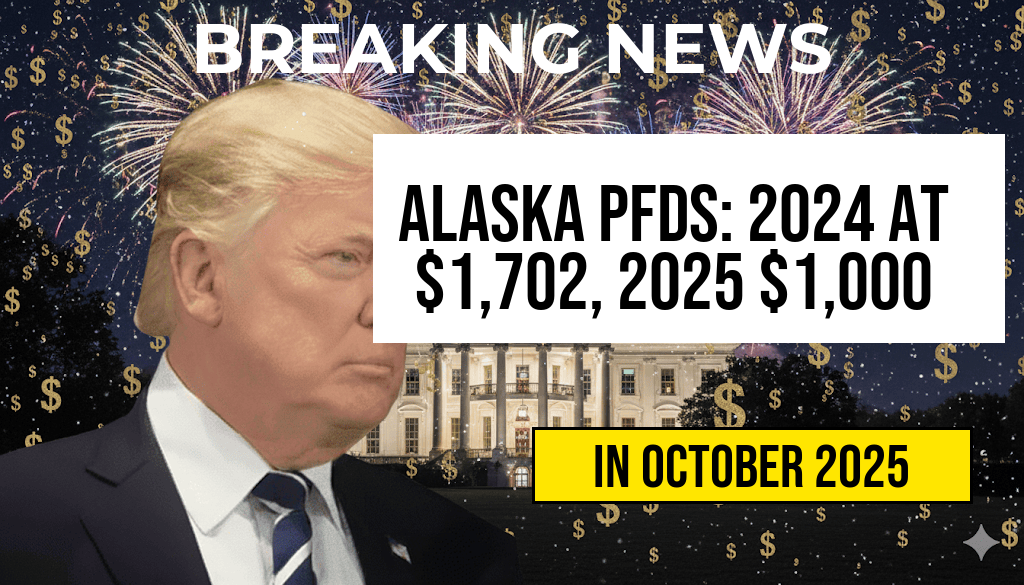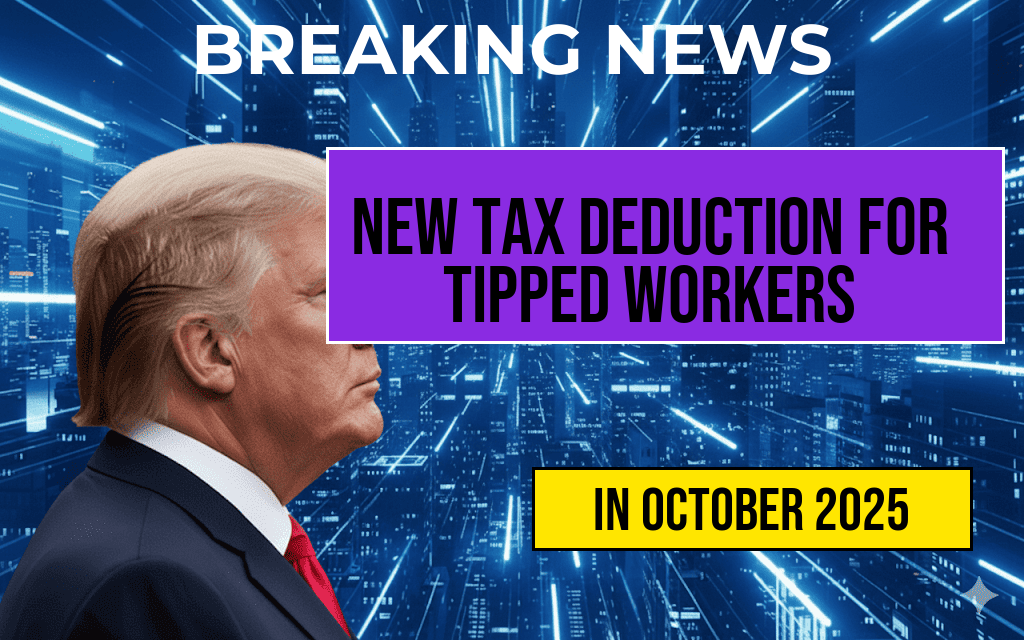Taxpayers across the United States are bracing for significant financial implications as the latest legislative proposal, referred to as the “One Big Beautiful Bill,” is projected to increase the federal deficit by an alarming $3.4 trillion over the next decade. This sweeping spending package aims to address various social and infrastructure needs but has sparked considerable debate among economists and policymakers regarding its long-term fiscal sustainability. While proponents argue that the bill will stimulate economic growth and enhance public welfare, critics warn that the substantial increase in government spending may exacerbate the already ballooning national debt. As discussions continue in Congress, understanding the potential impacts of this legislation becomes crucial for taxpayers who could bear the financial burden of the deficit increase.
Key Provisions of the Bill
The “One Big Beautiful Bill” is designed to fund a variety of initiatives that proponents claim will provide substantial benefits to the American public. Key provisions include:
- Infrastructure Investments: A significant portion of the bill is earmarked for repairing and upgrading roads, bridges, and public transit systems.
- Healthcare Expansion: The proposal includes funding to expand healthcare access, particularly for low-income families, through subsidies and improved services.
- Education and Workforce Development: Investments in education and job training programs are intended to equip the workforce with skills necessary for a modern economy.
- Climate Change Initiatives: The legislation allocates funds for renewable energy projects and initiatives aimed at reducing carbon emissions.
Projected Economic Impact
The Congressional Budget Office (CBO) has estimated that the implementation of this bill will lead to a deficit increase of $3.4 trillion over ten years, raising concerns about the sustainability of such spending. Economists are divided on the potential economic impact:
Support for the Bill
Advocates highlight several potential benefits:
- Job Creation: By investing in infrastructure and education, the bill is expected to create millions of jobs, potentially reducing unemployment rates.
- Long-Term Growth: Supporters argue that addressing societal needs now could lead to greater economic productivity in the future.
Concerns Raised
Opponents point to several risks associated with the legislation:
- Increased National Debt: Critics warn that a $3.4 trillion increase in the deficit could further strain national finances, leading to higher interest rates and reduced investor confidence.
- Inflationary Pressures: The influx of government spending may contribute to inflation, affecting everyday consumers.
Political Landscape and Legislative Process
The passage of the “One Big Beautiful Bill” faces significant hurdles in Congress. While it has garnered support from some Democratic lawmakers, opposition from Republicans and moderate Democrats poses challenges for its approval. The political discourse surrounding the bill highlights a broader ideological divide over government spending and fiscal responsibility.
Public Opinion
Public sentiment regarding the bill appears to be mixed. Recent polls indicate that while many Americans support increased spending on infrastructure and healthcare, there is significant concern about the implications of adding to the national debt. A recent survey conducted by Pew Research found that:
| Issue | Support (%) | Concern Over Debt (%) |
|---|---|---|
| Infrastructure | 75 | 60 |
| Healthcare | 68 | 65 |
| Education | 70 | 55 |
Looking Ahead
As the debate continues, taxpayers are encouraged to stay informed about the developments surrounding the “One Big Beautiful Bill.” The potential for a $3.4 trillion increase in the deficit raises serious questions about the future of fiscal policy in the United States. With the implications of such legislation likely to affect economic stability and public services for years to come, the discourse around this bill is expected to intensify in the coming weeks.
For more information on the bill and its potential impacts, visit Forbes and Wikipedia.
Frequently Asked Questions
What is the ‘One Big Beautiful Bill’?
The ‘One Big Beautiful Bill’ refers to proposed legislation aimed at various economic goals. It is expected to cover a range of initiatives that could significantly impact the economy and taxpayers.
How much is the deficit expected to increase due to this bill?
The bill is projected to increase the federal deficit by approximately $3.4 trillion, raising concerns among economic analysts and taxpayers regarding long-term financial implications.
What are the potential impacts of a $3.4 trillion increase in the deficit?
An increase in the deficit of this magnitude could lead to higher interest rates, increased borrowing costs, and potentially affect government spending on essential services and programs.
Who will be affected by the ‘One Big Beautiful Bill’?
The proposed legislation may affect a wide range of stakeholders, including taxpayers, businesses, and government programs, as it aims to implement changes that could reshape fiscal policies.
What can taxpayers do to prepare for the potential effects of this bill?
Taxpayers can stay informed about the specifics of the bill and its implications. Consulting with a tax professional and reviewing personal financial plans may help mitigate any negative impacts from changes in tax policy or increased deficits.

